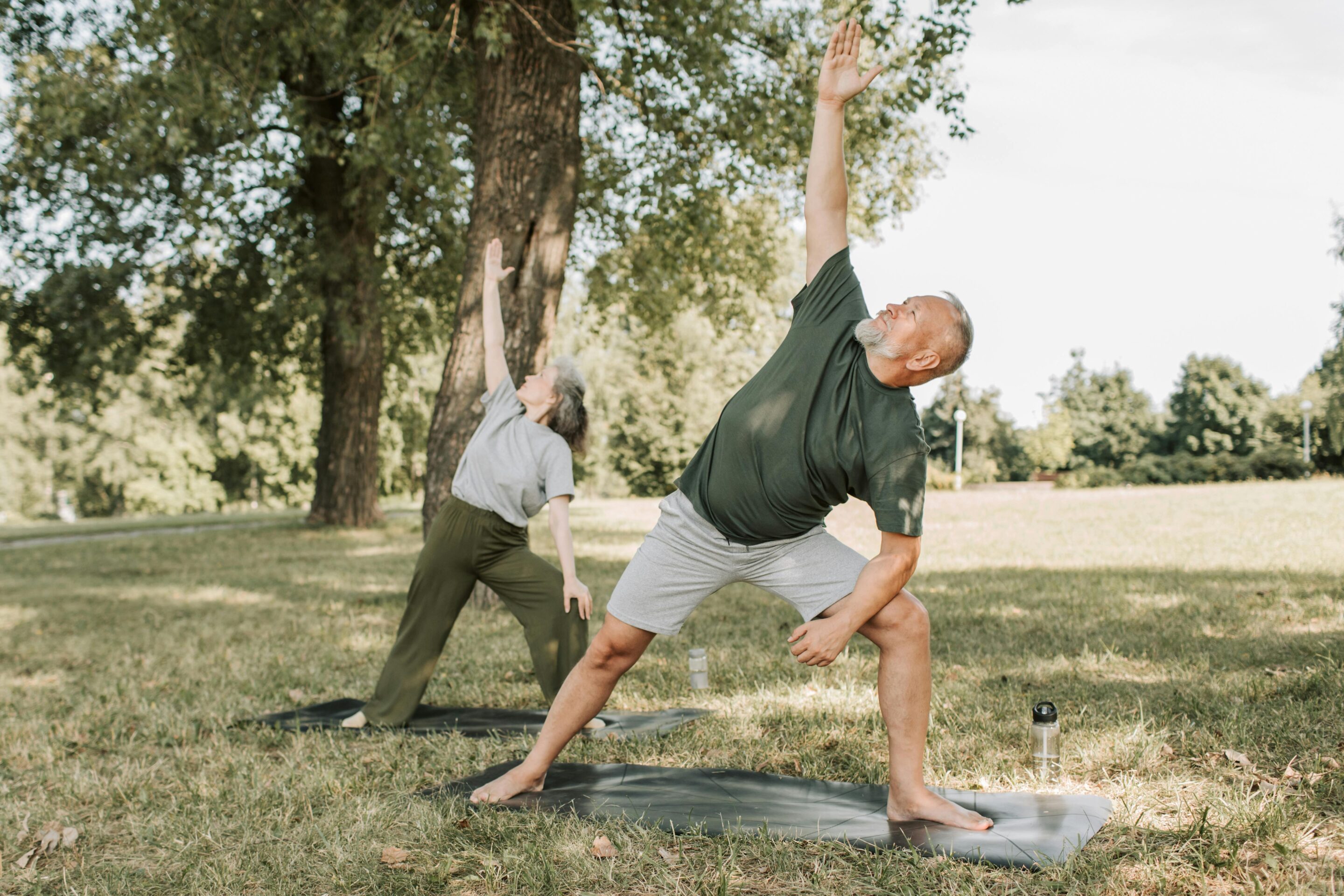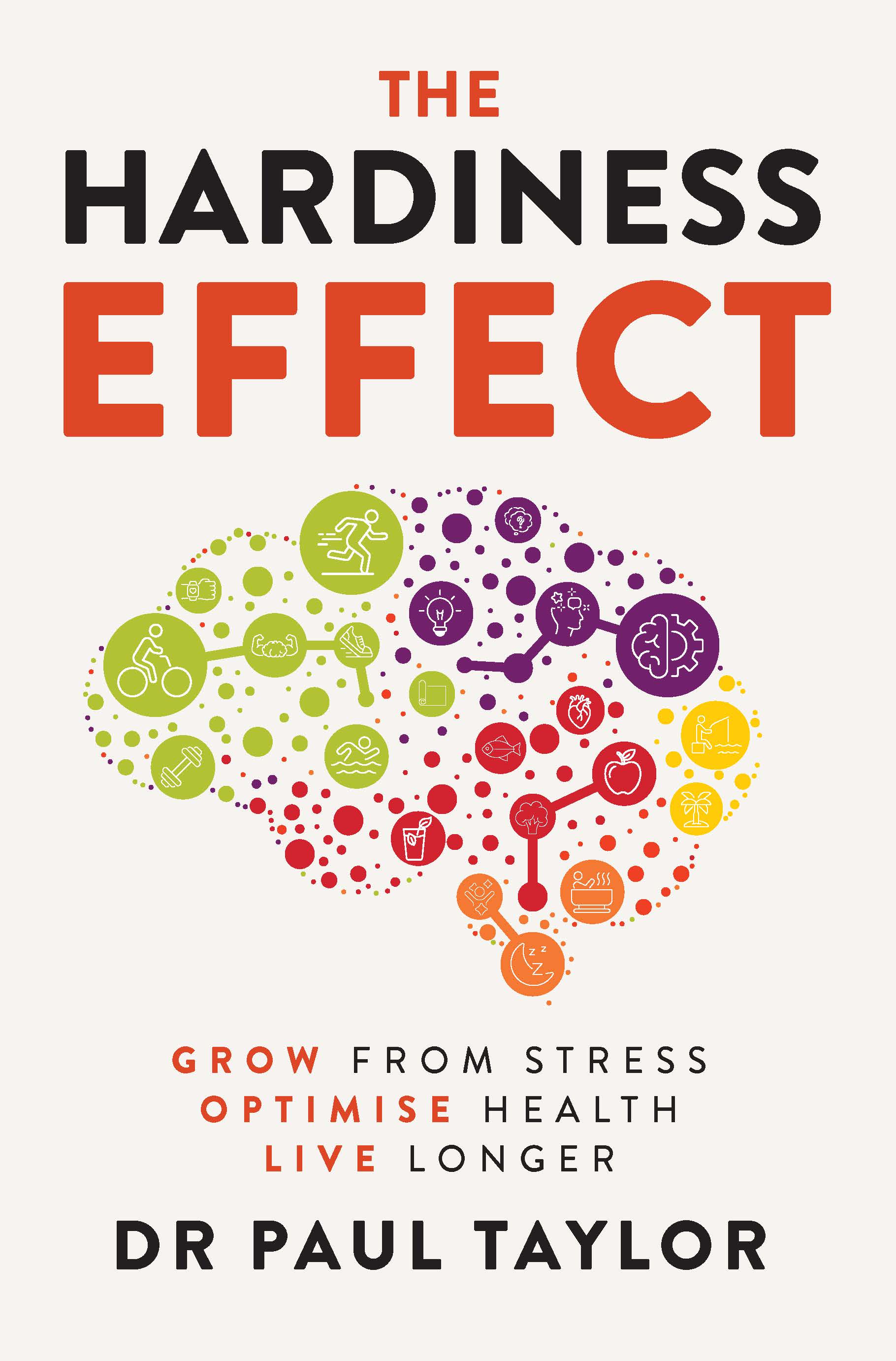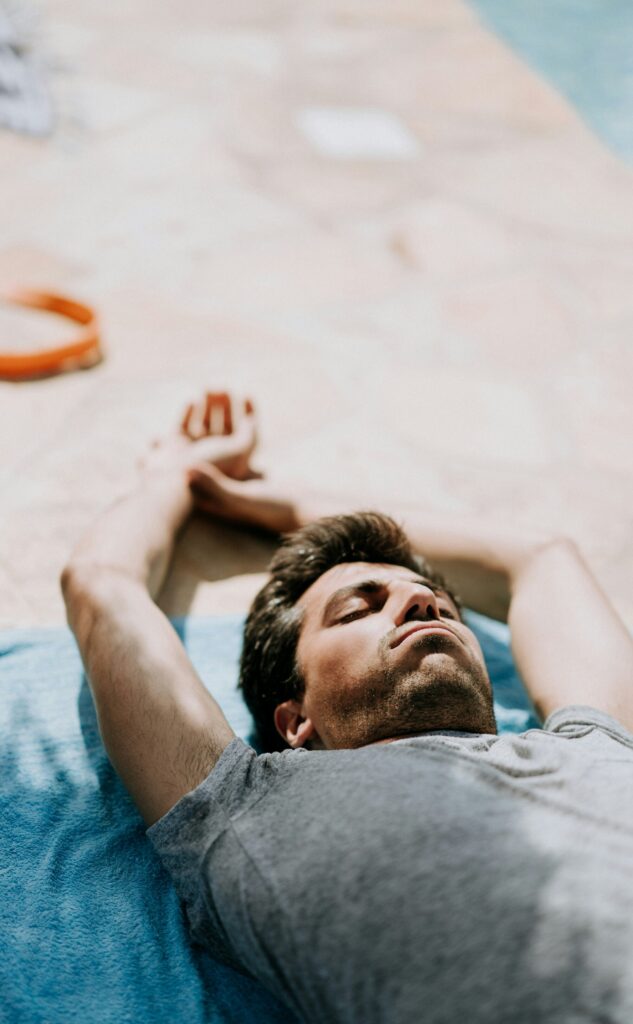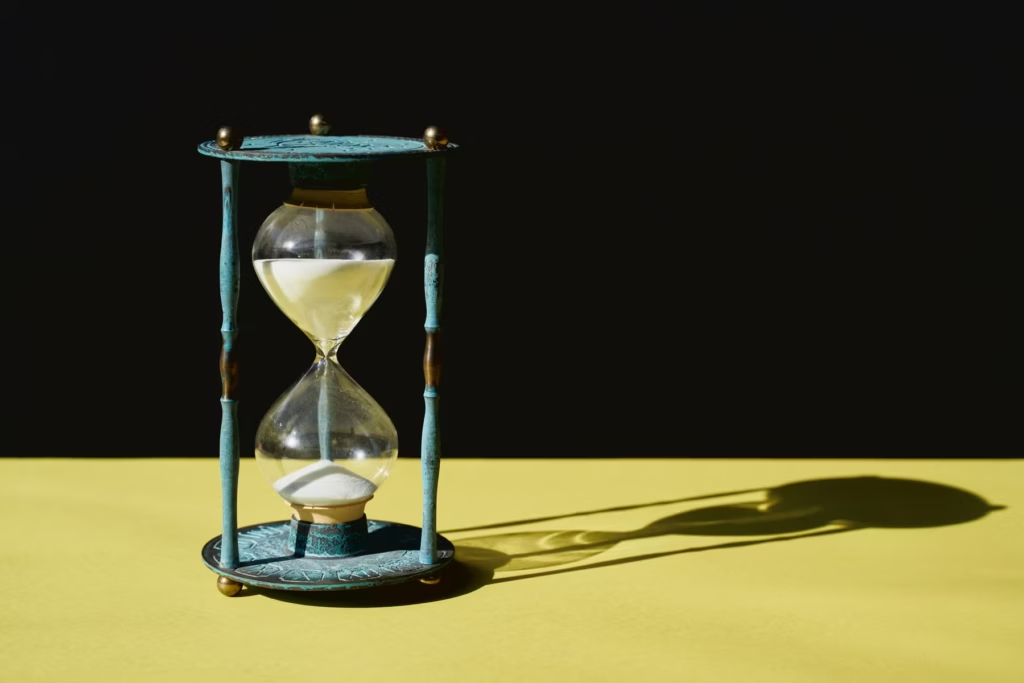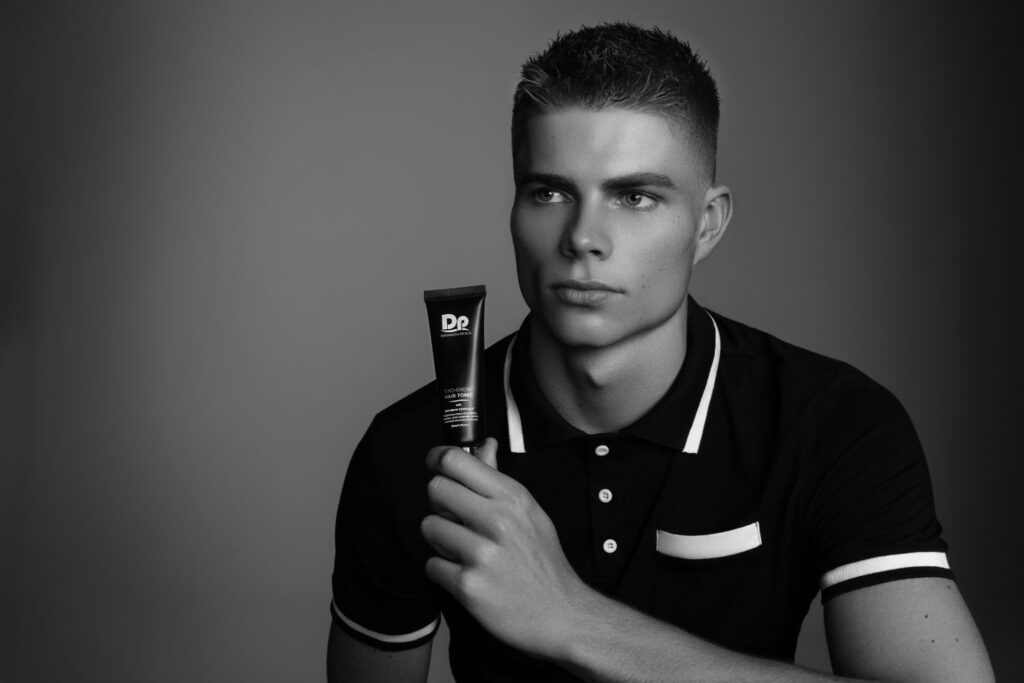RESEARCHERS HAVE IDENTIFIED a full roster of 12 interconnected biological hallmarks that together define how we age – and why we get frail, slow, stiff, foggy and sick. Exercise fights back against every single one. In 2013, ageing researchers published a landmark paper in the journal Cell. Instead of ageing being seen as some vague, inevitable decline, they broke it down into nine specific cellular processes that deteriorate over time and drive the ageing train. Fast-forward to 2023, and the same research group added three more processes. Exercise fights back against every single one, and it doesn’t just throw a punch – it rewrites the playbook.
1 Genomic instability
Your DNA is the instruction manual for your body. But, over time, it gets battered – by UV light, pollution, stress and even just normal metabolism. Damaged DNA means typos in that instruction manual, which can lead to diseases such as cancer.
Exercise helps fight this process by stimulating DNA repair enzymes, such as poly (ADP-ribose) polymerase (PARP), and enhancing your endogenous (internal) antioxidant defence systems – superoxide dismutase, catalase and glutathione. These antioxidant enzymes reduce oxidative damage and help fix broken DNA, which slows down the genomic ‘wear and tear’.
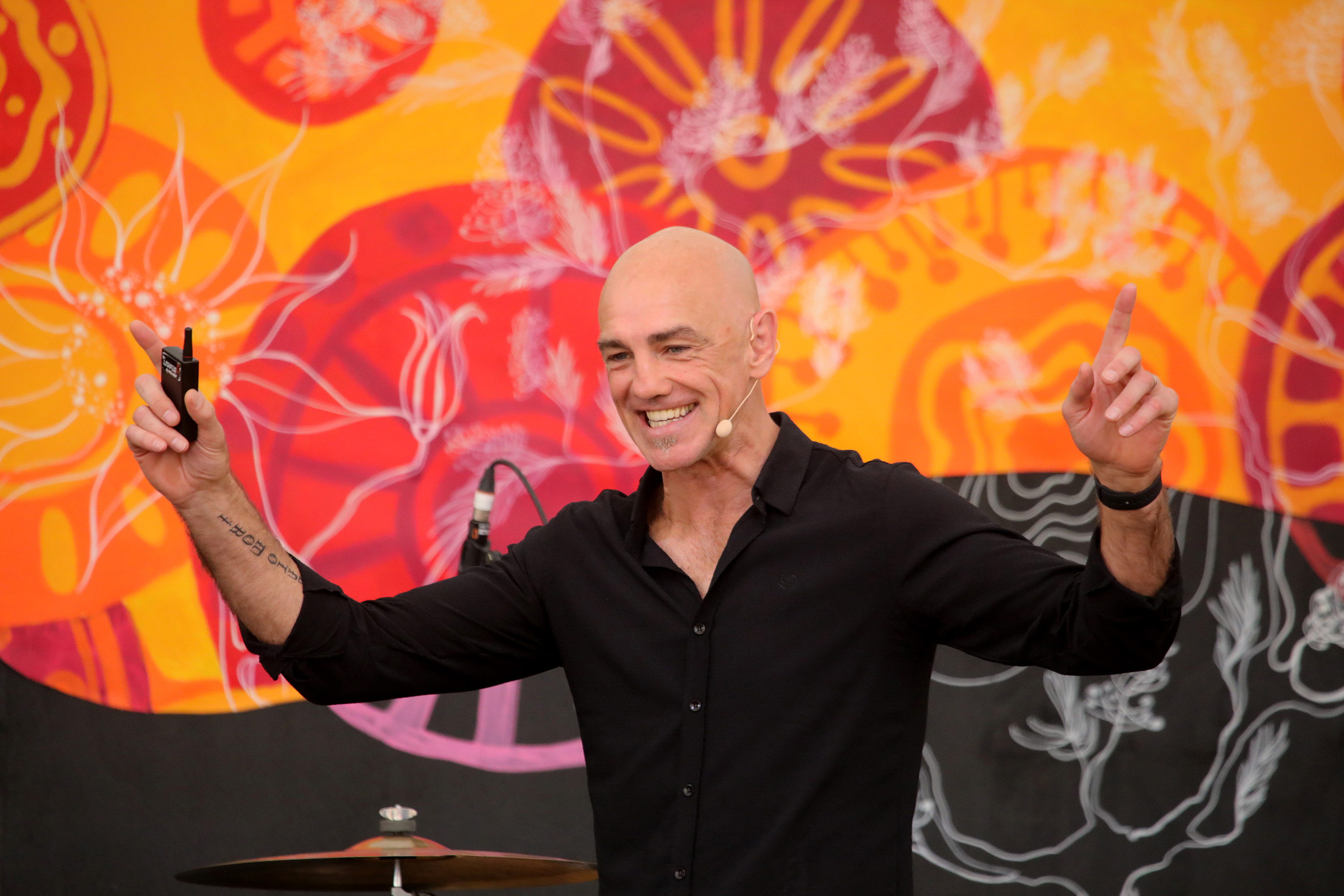
Dr Paul Taylor, author of ‘The Hardiness Effect’
2 Telomere attrition
Telomeres are like the plastic tips on shoelaces that stop them fraying, except in this case, they’re on the ends of chromosomes. Every time your cells divide, those tips get shorter. Eventually, they get too short and the cell gives up – either dying or turning into a grumpy zombie cell called a senescent cell.
Exercise boosts telomerase, the enzyme that maintains telomeres. It also reduces inflammation and oxidative stress, which are like acid rain for your telomeres. In essence, it slows the fraying of the shoelaces.
3 Epigenetic alterations
Epigenetics controls which genes are switched on or off – similar to dimmer switches in a genetic light system. Ageing messes this up. Helpful genes (such as those involved in repair) get silenced, while dodgy ones can get cranked up.
Exercise modifies DNA methylation and histone acetylation – fancy terms for how genes are wrapped and presented. These changes restore youthful gene expression, turning down the bad stuff and upregulating genes involved in repair, metabolism and resilience.
4 Loss of proteostasis
Proteins are your body’s Lego bricks. They need to be built correctly, clicked into the right shapes and recycled when damaged, through a dynamic process known as proteostasis. With age, this process goes sideways, leading to clumps of misfolded proteins – think Alzheimer’s plaques and other gunk.
Exercise has been shown to boost heat shock proteins (molecular chaperones that help proteins fold properly) and autophagy (your cell’s rubbish removal service). Autophagy clears out broken proteins and organelles, maintaining cellular tidiness.
5 Deregulated nutrient sensing
Your cells use sensors to gauge energy availability via systems such as insulin, mTOR, AMPK and sirtuins. With age, these sensors get out of whack – like a thermostat that doesn’t know how hot or cold it is – leading to weight gain, fatigue and metabolic disease.
Exercise hits the reset button through improving insulin sensitivity; activating AMPK, which promotes fat burning and repair; inhibiting mTOR slightly, which promotes longevity when not overactive; and boosting sirtuins – enzymes linked to DNA repair and mitochondrial health.
6 Mitochondrial dysfunction
Mitochondria are the power plants in your cells. Ageing turns them into sluggish, pollution-spewing factories, with less energy, more reactive oxygen species (ROS), and more problems.
Exercise lights a fire under them. It increases PGC-1α, a master switch for mitochondrial creation and efficiency. You build more mitochondria, and they work better. You get more energy and less cellular smog.
7 Cellular senescence
Senescent cells are like undead zombies: they don’t die, but they also don’t function. Worse, they secrete nasty inflammatory chemicals called cytokines that damage nearby cells. They’re like that rotting strawberry in the bottom of the punnet.
Exercise reduces the zombie load, enhancing immune surveillance (natural killer cells and macrophages), which tags and removes senescent cells. Exercise also reduces the inflammatory soup senescent cells secrete – the senescence-associated secretory phenotype (SASP).
8 Stem cell exhaustion
Stem cells are your body’s repair team. With age, however, they burn out, go into hiding or stop working effectively.
Exercise reboots them. It increases the production of growth factors such as BDNF (for brain cells) and IGF-1 (for muscle and bones), and stimulates myokines from muscles that keep stem cells active and responsive.
9 Altered intercellular communication
Cells constantly talk to each other. With age, this communication becomes garbled, with more stress signals, more inflammation and less collaboration.
Exercise clears the lines. It reduces chronic inflammation and improves hormonal signalling (including insulin and cortisol). Muscles also release beneficial ‘talking molecules’ called myokines, which send anti-inflammatory and regenerative signals throughout the body.
10 Disabled macroautophagy
Autophagy means ‘self-eating’. This process is how your cells recycle damaged components, but it slows with age. Without it, junk piles up fast.
Exercise reactivates this cellular recycling, helping cells chew up broken mitochondria and misfolded proteins, repurpose the pieces and keep things humming.
12 Chronic inflammation
Known as inflammaging, chronic inflammation is a low-level smoulder that worsens everything from arthritis and dementia to diabetes and heart disease.
Exercise is anti-inflammatory medicine. It reduces pro-inflammatory cytokines (such as IL-6 and TNF-α) and boosts anti-inflammatory signals such as IL-10. It also improves gut health, which is a major player in inflammation.
12 Dysbiosis
Your gut microbiome isn’t just about digestion – it’s a control centre for immunity, mood and metabolism. Ageing shrinks its diversity and boosts harmful bugs, which can lead to dysbiosis, or a gut microbiome imbalance.
Exercise fertilises your internal garden. It boosts microbial diversity and increases production of short-chain fatty acids (SCFAs) such as butyrate, which strengthen your gut barrier and reduce inflammation.
Exercise as medicine
What’s remarkable is that these effects span so many systems of the body.
From strengthening the hippocampus in people with early dementia to easing stiffness in osteoarthritis and improving survival outcomes in people with cancer, exercise appears to be nature’s universal prescription pad, with studies showing that exercise prevents and or treats at least 26 of the most common chronic diseases – if there was ever a magic pill, it’s clearly exercise.
This is an edited extract from The Hardiness Effect: Grow from stress, optimise health, live longer by Dr Paul Taylor (Wiley, $34.95), available at Amazon and leading retailers. Dr Taylor is a keynote speaker, podcast host and thought leader with post-graduate qualifications in psychology, exercise science, nutrition and neuroscience. Visit https://www.paultaylor.biz/
Related:
Billionaire anti-ageing enthusiast Bryan Johnson shares his strict 3-meal daily diet
The Aussie Man luxury anti-ageing skincare is here to help men turn back the clock




